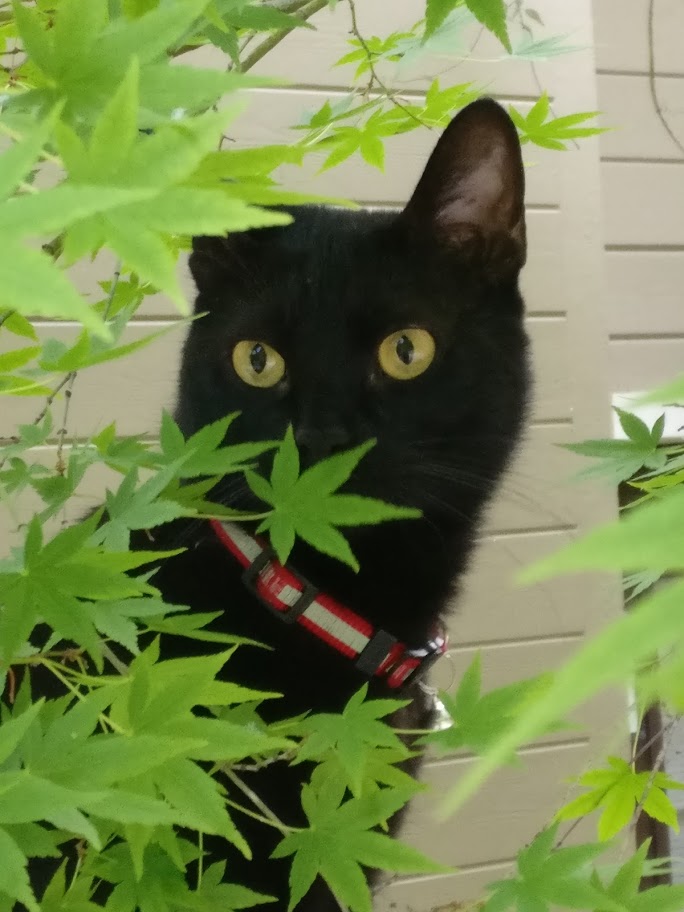
The Centers for Disease Control has recently issued guidance on care of pet dogs and cats in the age of COVID-19 and it has led to a number of news articles about it. Unfortunately, that guidance is — I want to say — a bit bonkers, but “bonkers” isn’t a word I normally use in articles, preferring more sober language. It is, though. And I say this as someone who always wears a mask outside, follows strict quarantine procedures, and is waiting patiently (and some days not so patiently) for a vaccine I will get as soon as I am eligible. In other words, I am not someone who is anti-vax, anti-government, mask-politicizing, or prone to conspiracies. To the contrary, I look fondly back — to quote Miss Manners — at “the halcyon days when we naively thought that facts were immutable and universal.”
That said, the CDC has four recommendations:
1. Keep cats indoors when possible and do not let them roam freely outside.
The advice to isolate cats indoors comes, despite the CDC admitting that the very, very small number of cats who tested positive did so after prolonged contact with an infected person of the same household as the cat. So, presumably, going outside would not put them at risk; to the contrary even. Studies and epidemiological data, moreover, have also shown they get only mild symptoms, can’t spread it from contact with their skin, fur, or hair, do not readily pass it to each other, and can’t infect people at all.
2. Pets or other animals should not be allowed to roam freely around the facility, and cats should be kept indoors.
It is not clear what “facility” they are referring to since this is advice to the public, is entitled “If You Have Pets,” and, as to cats being kept indoors, well, they already said that and it was bad advice to begin with. Saying it twice doesn’t make it more compelling. It is, in fact, the functional equivalent of multiple exclamation points: methinks thou does protest too much.
3. Avoid public places where a large number of people gather.
It is not clear how this relates to animals, especially since it tracks language in their early advice for people. Like the “facility” comment above, it appears someone at CDC “cut and paste” this from elsewhere and did not go back and edit. Cats are hardly likely to congregate “where a large number of people gather,” and dogs are not readily-infected, the few that did get infected did so after prolonged contact with an infected person in their own household, and they are dead-end hosts, meaning they cannot transmit it to anyone, including other dogs.
4. Do not put a mask on pets. Masks could harm your pet.
I have yet to see a single mask on a single pet, so it is not clear there is an audience for this and I live in the San Francisco Bay Area. If pet mask-wearing was a thing, it would be a thing here. And it isn’t. Moreover, I can’t imagine a cat tolerating anyone trying to put a mask on them. As my old Poli Sci advisor used to quip, this a solution in search of a problem.
The advice comes one year after the World Health Organization declared a pandemic, three vaccines are in U.S. circulation, and the pandemic begins to wind down. I am going to go out on a limb here and say that pet COVID-19 tips are not a high priority item for the CDC, given how late in the day it comes, given how poorly they were written, and how poor the advice. I get it. There have only been roughly 100 U.S. cases among dogs and cats, compared to 29.2 million people, of whom 529,000 have died. They dialed this one in. But anything worth doing is worth doing well, especially on an issue that is immensely important to most of us.
Thankfully, other (inter-)governmental organizations around the world — including at least one of which the CDC ironically links to — do have long-standing and sober advice:
1. “There is no evidence that companion animals are playing an epidemiological role in the spread of human infections of SARS-CoV-2” (the virus that causes COVID-19) so we should not do anything to compromise their welfare.
2. If you have COVID-19 and have prolonged contact with your pets, since this is the primary mechanism of transmission for them (although still rare), wear a mask and “maintain good hygiene practices” out of an abundance of caution.
Noted.
————-
Have a comment? Join the discussion by clicking here.